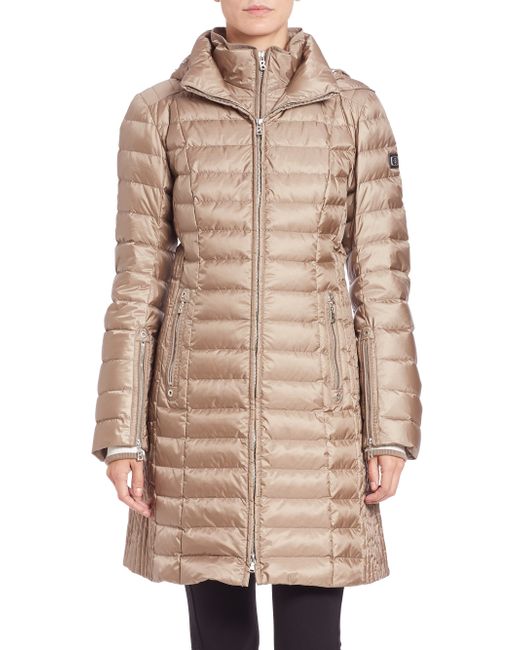
However, we show that the glass structure is an important parameter in determining T(g). O'Donnell, Acta Biomaterialia 7 (2011) 2264-2269) suggests that it is possible to correlate the glass transition temperature ( T(g)) of bioactive glasses with their molar composition, based on iterative least-squares fitting of published T(g) data. Predicting the glass transition temperature of bioactive glasses from their molecular chemical composition.Ī recently published paper (M.D. The calculated values of characteristic temperature T0/ Tg is very close to 1 which also indicates that clearly the system is most fragile. The value of m for the glass is near the lower limit (m ≈ 16) this indicates the alloy is a strong glass forming material in accordance of Angell’s interpretation of fragility. The fragility index m of the Ge10Se50Te40 system showed the trend of decrease with increasing heating rate but remained stable around 22 for the heating rate 10 K/min. In addition to the VFT method, three other methods are also used to evaluate m. Vogel-Fulcher-Tammann (VFT) equation is fitted to the data of Tg. The fragility of the chalcogenide amorphous glass of Ge10Se50Te40 is calculated by utilizing glass transition temperature ( Tg) measured by DSC (Differential Scanning Calorimetry) at different heating rates (β) in the range 5 to 20 K/min. The present study reports the mutual relationship between the fragility index m and the characteristic temperature T0/ Tg. Some preliminary data will be presented on glass transition temperature test results conducted at JPL.įragility of chalcogenide glass in relation to characteristic temperature T0/ Tg Other issues with Tg are also being investigated. JPL/NASA is investigating how the Tg and CTE for PEMs affect device reliability under different temperature and aging conditions. Many factors influence PEM component reliability.One of the factors that can affect PEM performance and reliability is the glass transition temperature ( Tg) and the coefficient of thermal expansion (CTE) of the encapsulant or underfill. Investigation of low glass transition temperature on COTS PEMs reliability Our results suggest that confining a fragile glass former through forming polymer brushes changes not only the glass transition temperature Tg, but also the very nature of relaxation process. The polymer brushes that possess larger string length ⟨S⟩ tend to have relatively higher Tg and smaller D.


Furthermore, the string-like cooperative motion analysis demonstrates that there exists a close relation among glass transition temperature Tg, fragility D, and string length ⟨S⟩. This stresses the importance of long range cooperative motion in glass formers near the glass transition temperature.
#Bogner lilia d coat temperature free
Moreover, we find quantitative differences in the influence range of the substrate and the free surface on the density and dynamics. Our layer-resolved analysis demonstrates that it is possible to control the glass transition temperature Tg of polymer brushes by tuning the polymer-substrate interaction strength, the grafting density, and the chain length. It is found that the confinement can enhance the dependence of the Tg on the cooling rate as compared to the bulk melt.

We focus on the influences of free surface, polymer-substrate interaction strength, grafting density, and chain length not only on the change of glass transition temperature Tg, but also the fragility D of the glass former. We present results of molecular dynamics simulations for coarse-grained polymer brushes in a wide temperature range to investigate the factors that affect the glass transition in these systems. Polymer brushes: a controllable system with adjustable glass transition temperature of fragile glass formers.


 0 kommentar(er)
0 kommentar(er)
